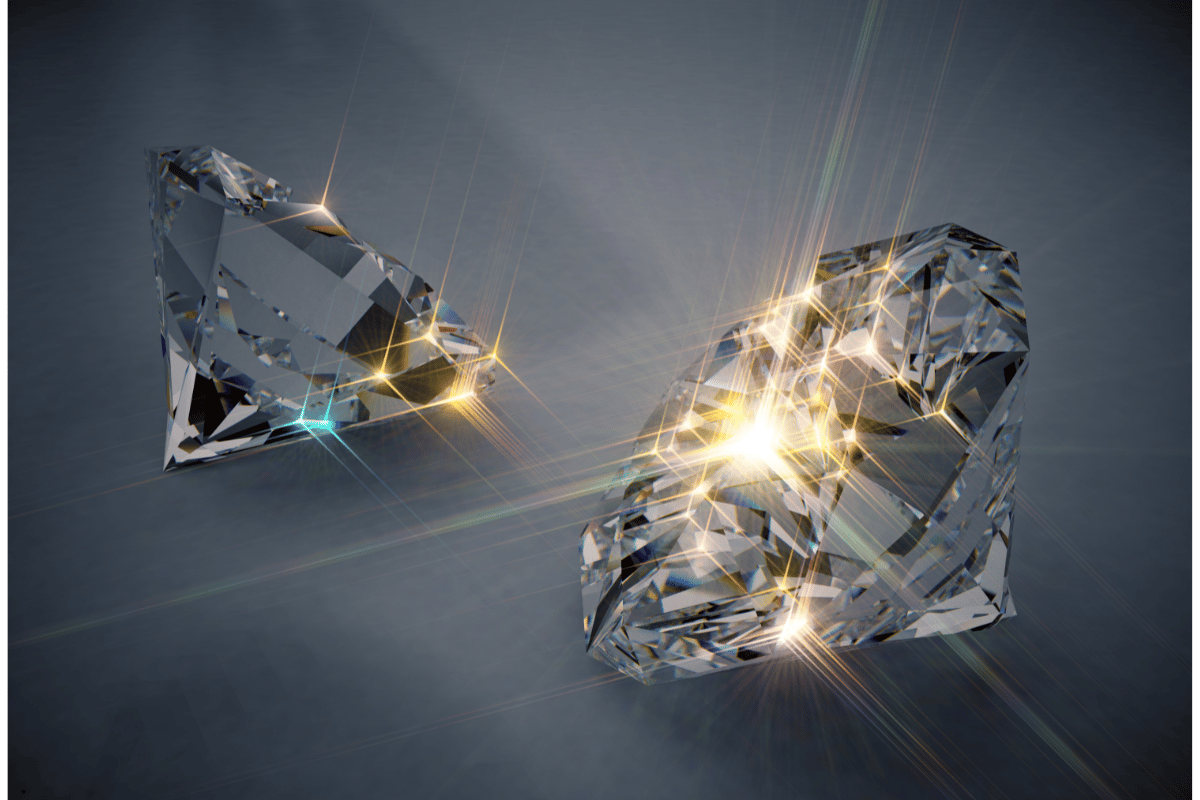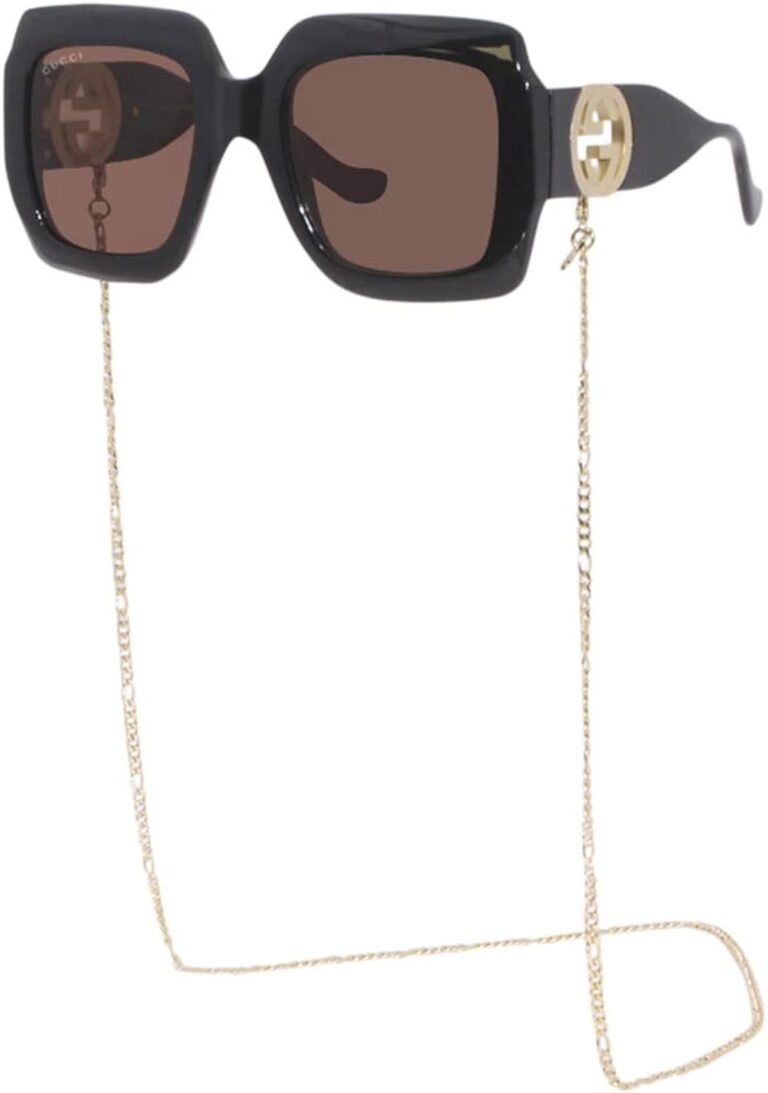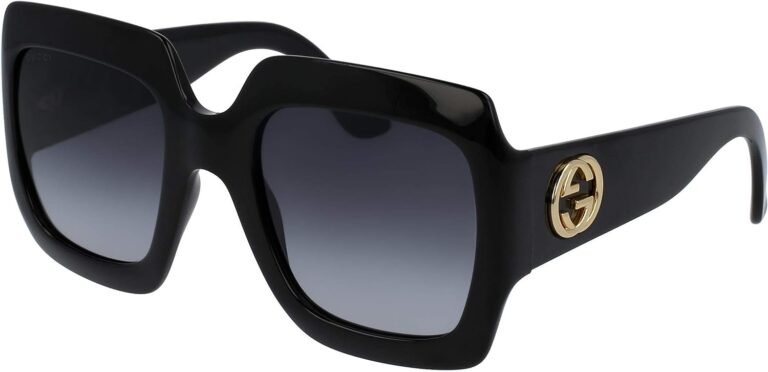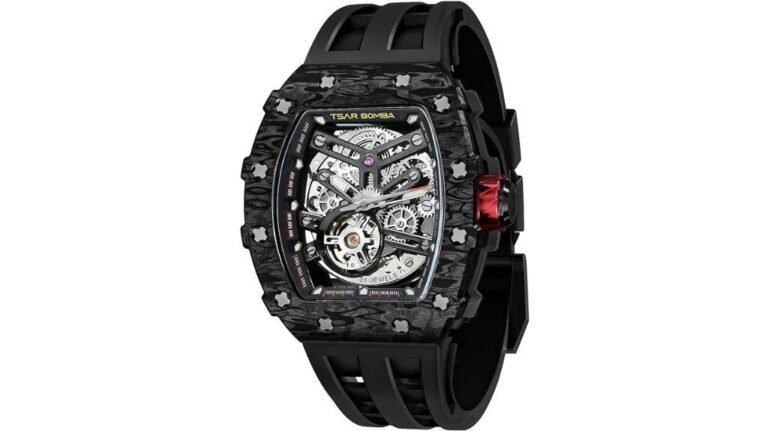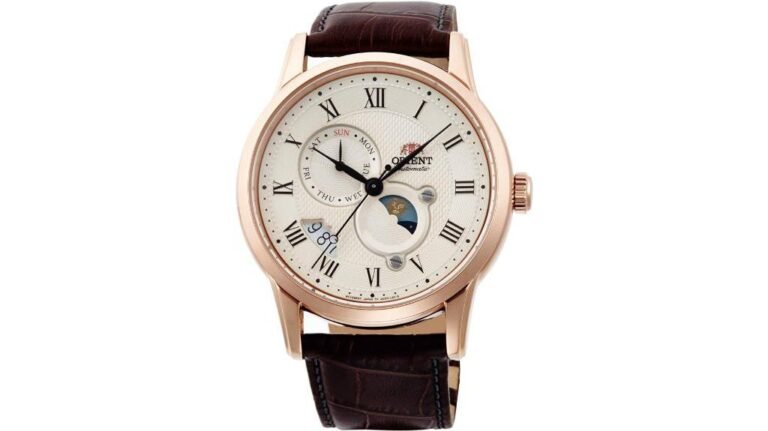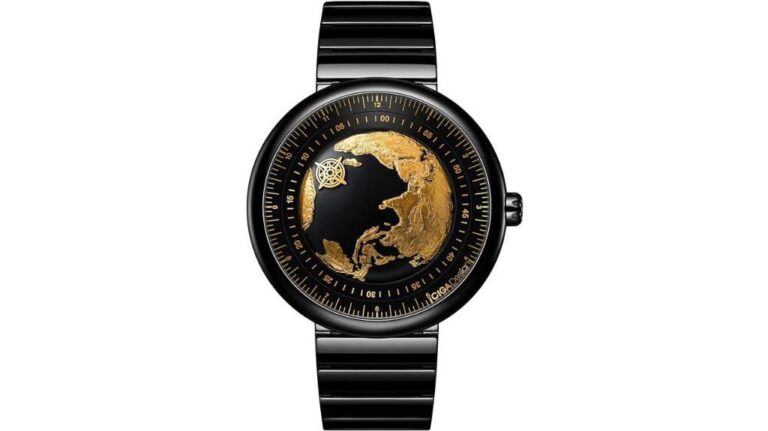How to Identify Authentic Diamonds: A Comprehensive Guide
Are you on the hunt for authentic diamonds? Look no further!
In this comprehensive guide, we will delve into the art of identifying genuine diamonds. From understanding grading and certification to evaluating the cut, color, clarity, and carat weight, we will equip you with the tools to make informed decisions.
Get ready to uncover the secrets of these precious gems and become a savvy diamond connoisseur. Let’s dive in!
Key Takeaways
- Diamond grading and certification are essential for ensuring transparency and authenticity.
- The diamond’s cut and proportions determine its overall beauty and value.
- The color and clarity of a diamond are important factors to consider when evaluating its quality.
- Carat weight alone does not determine the quality of a diamond; cut, color, and clarity also play significant roles.
Understanding Diamond Grading and Certification
To truly understand the value and quality of a diamond, you need to familiarize yourself with diamond grading and certification.
The diamond grading process is a meticulous and standardized evaluation method used to determine the quality and characteristics of a diamond. It involves assessing the diamond’s cut, color, clarity, and carat weight. Each of these factors contributes to the overall beauty and value of the diamond.
The importance of diamond certification can’t be overstated. A diamond certification, also known as a grading report or diamond certificate, is an official document that provides a detailed analysis of a diamond’s characteristics. It serves as proof of the diamond’s authenticity, ensuring that you’re purchasing a genuine diamond and not a counterfeit or imitation.
The certification also provides information about the diamond’s quality, allowing you to make an informed decision when buying or selling a diamond. It’s important to note that not all certifications are created equal. It’s recommended to choose diamonds with certifications from reputable and internationally recognized gemological laboratories, such as the Gemological Institute of America (GIA) or the American Gem Society (AGS). These laboratories adhere to strict grading standards and are trusted by the industry.
Understanding diamond grading and certification is essential for anyone looking to buy or sell diamonds, as it helps ensure transparency, authenticity, and value.
Evaluating the Diamond’s Cut and Proportions
When evaluating the diamond’s cut and proportions, you should pay attention to the diamond’s brilliance and sparkle. The cut of a diamond refers to its proportions, symmetry, and polish, all of which play a significant role in determining its overall beauty and value.
Here are the key factors to consider when evaluating the diamond’s cut and proportions:
- Symmetry: Examine the diamond’s facets and ensure that they’re symmetrically aligned. Any asymmetry can affect the diamond’s ability to reflect light evenly, resulting in a decrease in brilliance.
- Proportions: Analyze the diamond’s proportions, specifically the depth and table percentages. The depth percentage shouldn’t be too shallow or too deep, as it can impact the diamond’s ability to reflect light effectively. The table percentage, which refers to the width of the diamond’s top facet, should also be within the ideal range for optimal brilliance.
- Brilliance: Assess the diamond’s brilliance by observing how it reflects light. A well-cut diamond will exhibit maximum brightness, fire, and sparkle. Look for a diamond with excellent light return and minimal light leakage.
- Polish: Evaluate the diamond’s polish, which refers to the smoothness of its surface. A diamond with excellent polish will have no visible blemishes or scratches, ensuring maximum light reflection.
Assessing the Diamond’s Color and Clarity
To accurately assess the color and clarity of a diamond, you should use a jeweler’s loupe or a magnifying glass. These tools allow you to closely examine the diamond and make precise observations. When assessing the color of a diamond, you should look for any hints of yellow or brown. The Gemological Institute of America (GIA) has a color grading scale that ranges from D (colorless) to Z (light yellow or brown). The closer a diamond is to colorless, the more valuable it’s considered to be.
In addition to color, the clarity of a diamond is also important to evaluate. Clarity refers to the presence of any internal or external flaws, known as inclusions and blemishes, respectively. Using a loupe, you can identify these imperfections and determine the diamond’s clarity grade. The GIA grading scale ranges from Flawless (no inclusions or blemishes visible under 10x magnification) to Included (inclusions and/or blemishes visible to the naked eye).
It is worth noting that the fluorescence of a diamond can also affect its appearance. Fluorescence refers to the diamond’s ability to emit a soft colored glow when exposed to ultraviolet light. In some cases, strong fluorescence can make a diamond appear milky or hazy, reducing its value. However, faint to medium fluorescence is generally considered acceptable and can even enhance the diamond’s color.
Lastly, it’s important to consider the impact of a diamond’s shape when assessing its color and clarity. Different diamond shapes can reflect and refract light differently, which can affect the appearance of color and the visibility of inclusions. For example, round brilliant diamonds tend to hide color and inclusions better than other shapes due to their excellent light performance.
Examining the Diamond’s Unique Inclusions and Blemishes
Take a close look at the diamond’s unique inclusions and blemishes to determine its authenticity and quality. Understanding diamond clarity characteristics is crucial in identifying diamond inclusions. Here are four key points to consider when examining the diamond’s inclusions and blemishes:
- Type of Inclusion: Different types of inclusions can be found within diamonds, such as feathers, clouds, crystals, or needles. These inclusions are formed during the diamond’s growth process and can affect its clarity grade.
- Size and Location: The size and location of the inclusions play a significant role in determining the diamond’s value. Larger or more prominent inclusions can negatively impact the diamond’s overall appearance and value.
- Impact on Brilliance: Inclusions and blemishes can interfere with the passage of light through the diamond, affecting its brilliance and sparkle. The visibility and impact of these imperfections should be carefully assessed.
- Clarity Grade: The presence and severity of inclusions and blemishes determine the diamond’s clarity grade. The Gemological Institute of America (GIA) provides a clarity scale ranging from Flawless to Included (I1, I2, I3) to assess the quality of a diamond’s clarity.
Weighing the Importance of Carat Weight in Diamond Identification
You should definitely consider the carat weight when evaluating the importance of diamond identification. Carat weight is one of the four Cs used to evaluate diamonds, along with cut, color, and clarity. It refers to the weight of the diamond and is a significant factor in determining its value. The carat weight significance lies in the fact that larger diamonds are rarer and therefore more valuable.
The impact of carat weight on diamond value can be seen in the following table:
| Carat Weight | Description | Value |
|---|---|---|
| 0.25-0.49 | Small diamond | Less valuable |
| 0.50-0.99 | Medium-sized diamond | Moderately valuable |
| 1.00-1.49 | Large diamond | More valuable |
| 1.50-1.99 | Very large diamond | Highly valuable |
| 2.00+ | Extremely large diamond | Exceptionally valuable |
As you can see from the table, the carat weight has a direct impact on the value of a diamond. However, it is important to note that carat weight alone does not determine a diamond’s quality. The cut, color, and clarity of the diamond also play significant roles in its overall value and desirability. Therefore, it is essential to consider all aspects when evaluating a diamond’s worth.
Conclusion
So there you have it, a comprehensive guide to identifying authentic diamonds. Armed with knowledge about diamond grading, cut and proportions, color and clarity, as well as unique inclusions and blemishes, you can confidently navigate the world of diamond identification.
Just remember, like a skilled detective unraveling a case, examining these factors is like peeling back the layers of a diamond to reveal its true beauty and authenticity.
Happy diamond hunting!

